Filter by
Awarded Projects (332)
RSS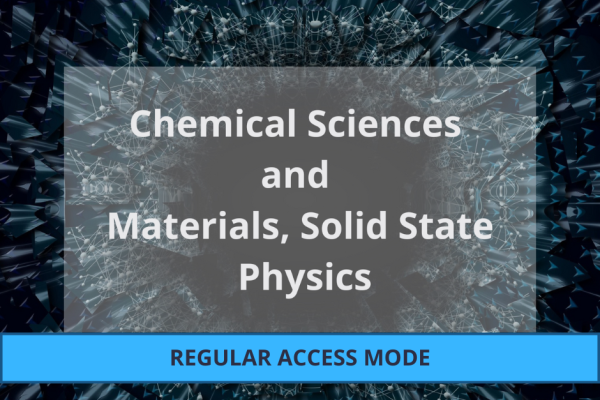
The properties of atoms, molecules and solids could all be computed reliably if we were able to solve the many-electron Schrödinger equation quickly and accurately enough.
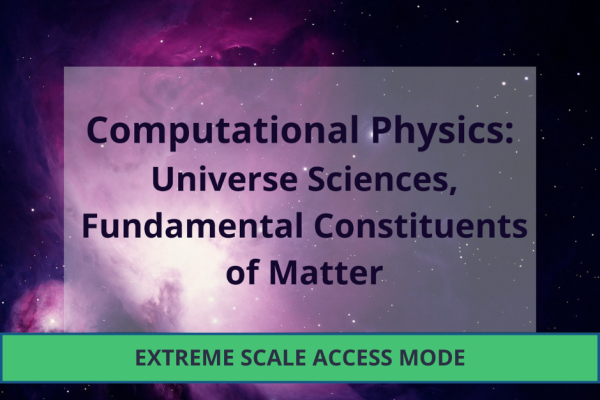
The muon, a short-lived cousin of the electron, has provided a longstanding discrepancy between the standard model of particle physics and experimental measurements.
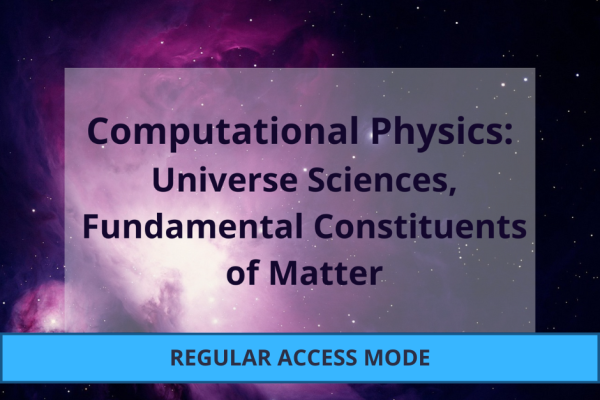
We request CPU and GPU hours of computational resources for calculating the equilibration of quark-gluon plasma (QGP) in high-energy heavy-ion collisions (HICs).

This project seeks to measure the mesonic non-singlet screening masses projected onto the first non-zero Matsubara frequency across a previously-unexplored temperature range, from 1 GeV to 160 GeV, with sub-percent accuracy in the continuum limit.
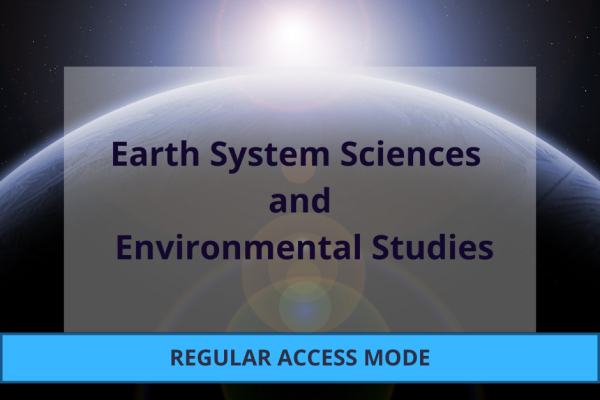
The safe disposal of high-level radioactive wastes arising from nuclear power generation requires that the waste is isolated from the geo-/biosphere for extended timescales, in order to protect humans and the environment against ionising radiation.
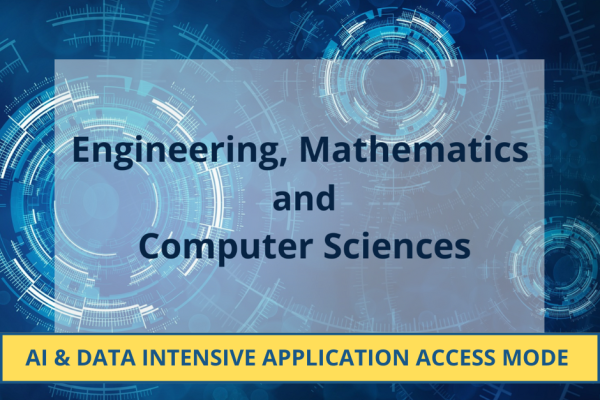
This project focuses on enhancing the function-calling capabilities of large language models (LLMs) by connecting them to curated APIs using OpenAPI specifications.

Proton fast ignition, a variant of laser-driven inertial confinement fusion potentially providing much higher energy gain with lower driver energies, will be studied with the aim of optimising the conversion efficiency of the short-pulse laser into proton beam energy.

The success of this approach relies on the ability to generate a proton beam with the right characteristics to heat and ignite the isochoric DT fuel assembly. At the same time, a quasi-spherical robust and effective DT fuel compression around a re-entrant cone needs to be achieved.

In this proposed project, we plan to use different cutting-edge simulation techniques to unravel the role of antibody binding site rearrangements in antigen binding and investigate the influence of different heavy and light chain pairings.

Particle acceleration in a short distance remains a high-priority research focus on fundamental physics and developing new technologies. Since introducing chirped pulse amplification, the research community has developed new methods of accelerating charged particles in a short distance.